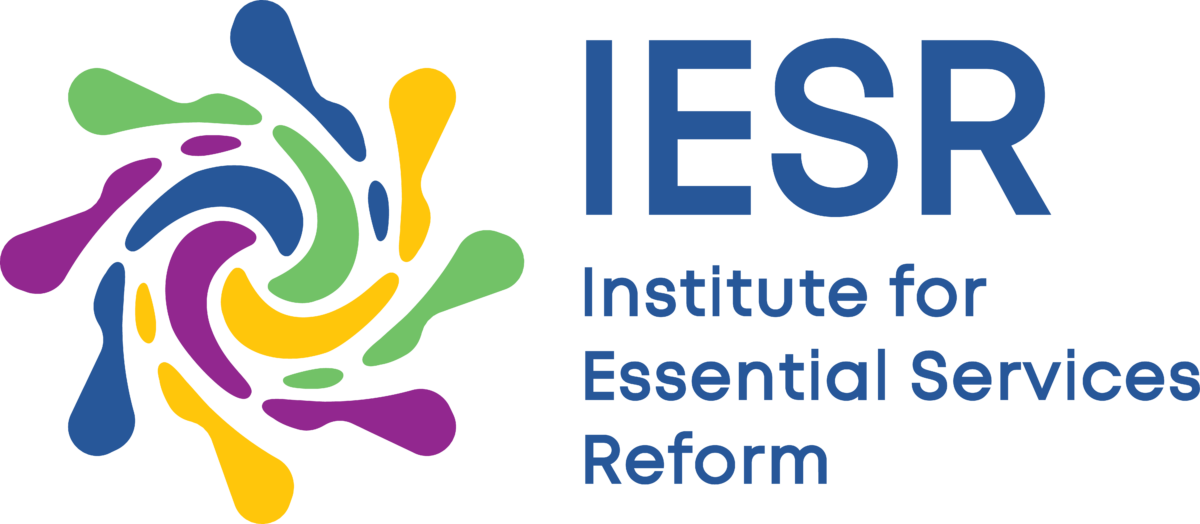Media Coverage
Bisnis Indonesia | Government’s Energy Transition Promise Still Far from Target
Indonesia’s renewable energy transition is said to still be far from expectations, along with the high fossil fuel energy mix. Read more on Bisnis Indonesia.
Jakarta Post | COP29 $300b Funding Pledge Remains Elusive for Indonesia
Analysts say the agreement lacks the ambition needed for an equitable energy transition in Indonesia and have expressed concern over high costs and complex negotiations stalling progress. Read more on
Fortune | IESR: After COP29, Indonesia Needs to Strengthen Climate Policy
COP29 or the 29th annual Conference of the Parties (COP) held in Baku, Azerbaijan, has ended. The event, which can also be called the UN Climate Change Summit, was attended
Kompas | Addressing Air Pollution to the Root of the Problem
Efforts to overcome air pollution are not tied to the season and must be resolved at the root of the problem. Read more on Kompas.
Bisnis Indonesia | IESR Notes for COP29: Indonesia Needs to Strengthen Climate Policy
The failure of COP29 in reaching a climate finance agreement requires Indonesia to respond with stronger climate and energy transition policies. Read more on Bisnis Indonesia.
Jakarta Post | Massive Costs, Reforms await Prabowo Full Coal Phase Out Plan
The IESR estimates the government would need around US$1.2 trillion worth of investment in order for the country to meet all of its electricity needs from clean energy and billions
Metro TV | Electricity Transition Supports Energy Self-Sufficiency in Rural Areas
Utilizing renewable energy as a source of electricity supply can be one strategy to achieve Indonesia’s energy self-sufficiency. Read more on Metro Tv.
CNA | Are Prabowo’s climate goals for Indonesia overambitious?
Newly inaugurated Indonesian President Prabowo Subianto has made it his mission for the country to achieve net zero emissions before 2050. Read more on CNA.
